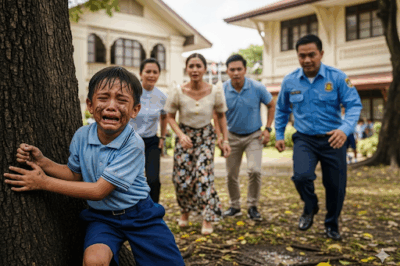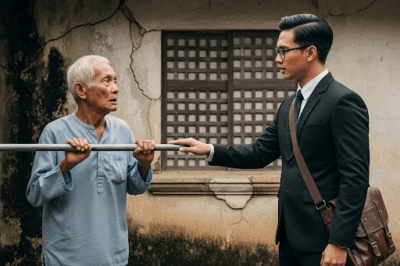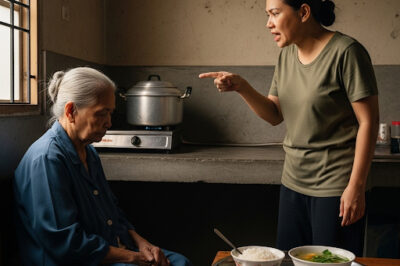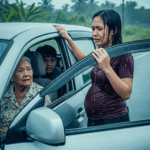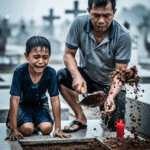Mt. Everest. The name alone evokes images of triumph, human spirit, and the breathtaking, deadly beauty of the Himalayas. But for every flag planted on its peak, there are stories buried in its snow — frozen tales of ambition, miscalculation, and tragedy.
One of the latest names added to that haunting list is Engr. Philipp Santiago, a respected Filipino civil engineer and adventurer whose Everest dream turned into a fatal reality. His death not only devastated family and friends but reignited global conversations: Why do so many people continue to die on the world’s tallest mountain?
Who Was Engr. Philipp Santiago?
A seasoned mountaineer and a well-respected figure in engineering circles in the Philippines, Philipp was not a reckless thrill-seeker. He had climbed several of the world’s most treacherous peaks and trained extensively before embarking on the Everest expedition in early 2025.
Friends described him as “disciplined, calculated, and deeply passionate about mountains.” His Instagram, now memorialized, showcased snow-covered ridges, technical climbs, and hopeful captions about reaching the roof of the world.
But on May 14, 2025, at the notorious “Death Zone” — 8,000 meters above sea level — Philipp collapsed and never got up.
What Really Happened?
While full autopsy results are still pending, expedition officials believe high-altitude cerebral edema (HACE) was the most likely cause. In simple terms, Philipp’s brain began to swell due to lack of oxygen — a deadly risk for anyone who dares to enter the “Death Zone.”
Witnesses say that although he showed signs of fatigue, he insisted on pushing forward. Summit fever — that dangerous psychological phenomenon where climbers ignore red flags just to reach the top — may have played a role.
But Philipp’s story is sadly not unique. He is just one of over 330 climbers who have perished on Mt. Everest since the first attempt to conquer it more than a century ago.
Why Do So Many Die on Everest?
The Death Zone (above 8,000m):
At that altitude, the human body literally starts to die. Oxygen levels drop to one-third of what’s available at sea level. Without supplemental oxygen and immediate descent, the brain and organs begin to shut down.
Overcrowding:
On clear-weather days, hundreds of climbers attempt to summit. This causes literal traffic jams near the peak, where minutes can mean the difference between survival and death.
Exhaustion & Altitude Sickness:
Even fit athletes succumb to acute mountain sickness, HACE, and HAPE (high-altitude pulmonary edema). These conditions can escalate in minutes and leave climbers disoriented or unconscious.
Lack of Regulation:
Many underqualified climbers are allowed to ascend, often with inexperienced guides or inadequate gear. Nepal’s government has been criticized for issuing too many permits — sometimes over 400 in a single season.
Extreme Weather:
Everest’s weather can change without warning. A sunny ascent can turn into a whiteout blizzard within hours. With wind chills reaching -60°C, exposure can kill in minutes.
The Emotional Toll
Philipp Santiago’s death sent shockwaves through the Philippine mountaineering community. Tributes poured in, not just from fellow climbers but also from engineering colleagues and former students.
“He was our inspiration,” said one university student. “Now he’s become a cautionary tale.”
His grieving family has called for greater awareness, not just about Everest’s dangers but about the pressure that social media and summit culture place on modern climbers.
Final Ascent
They say the mountain humbles everyone — even the best-trained, the strongest, the most determined.
Engr. Philipp Santiago climbed not for fame, but for personal passion. His journey was sincere. His death, tragic. And his story — like the hundreds before him — is a reminder that no dream is worth dying for blindly, especially when the mountain does not forgive.
As his body remains unrecovered — like many others near Everest’s peak — his legacy descends the mountain in the form of hard questions, bitter lessons, and a family left to mourn not just what was lost… but what might have been
Filipino climber dies on Mt. Everest as summit push begins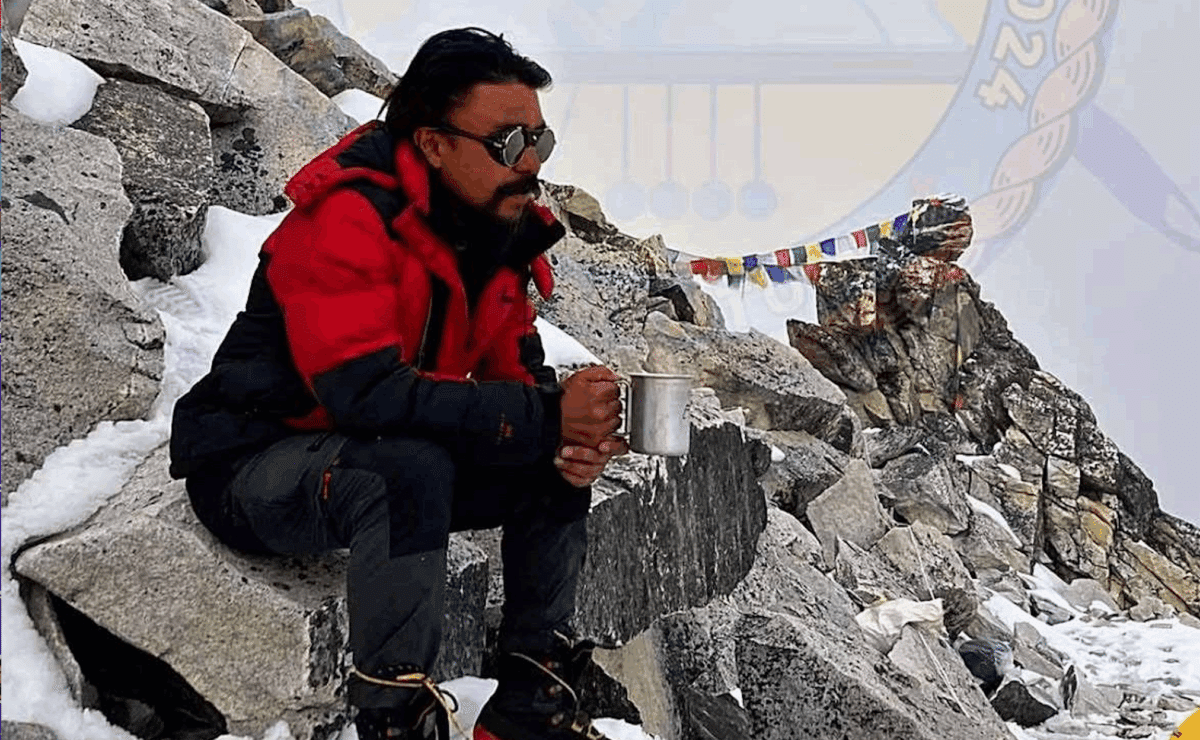
As climbers begin their summit bids on the world’s highest peak, the 2025 Everest climbing season recorded its first foreign fatality – a Filipino mountaineer who died just before making his final push.
The victim has been identified as 45-year-old engineer Philipp PJ Santiago II, a member of the Mountaineering Association of Krishnanagar–Snowy Everest Expedition 2025.
According to The Himalayan Times, Santiago died at Camp IV – known ominously as the “death zone” due to its dangerously thin air and extreme weather – late at night while preparing for the summit attempt.
News
The Boy Pointed To The Schoolyard And Cried “Give Me Back My Baby”, When He Digged It Up Everyone Was Shocked With The Truth/hi
“GIVE ME BACK!!!” – the boy’s heart-rending scream echoed through the San Isidro Elementary School, Quezon City, making students and…
Tatlumpung taon na ang nakalilipas, isang lalaki ang dumampot ng isang bakal sa dalampasigan at dinala ito sa bahay upang gamitin bilang isang drying rack. Ngayon, isang propesor ang dumating sa kanyang bahay at sinabi sa kanya ang totoo, na ikinatigilan niya./hi
Thirty years ago, a man picked up an iron bar on the beach, and now a professor has come to…
Kawawang Estudyante Nagpakasal sa 71-Year-Old Billionaire, Sa Gabi ng Kasal Na-Shock Siya Sa Nasaksihan Niya…/hi
Poor student marries 61-year-old Filipino billionaire, on the wedding night he was shocked by what he witnessed… Miguel (whom everyone…
Namatay ang aking asawa at pinalayas ko ang kanyang anak sa bahay, “pinakawalan siya kung saan niya gusto” ngunit makalipas ang 10 taon ay nabunyag ang masakit na katotohanan…/hi
When my wife died, I chased her stepchild out of the house, “go wherever you want”, but 10 years later…
Ang matandang ina ay pinalayas ng kanyang manugang sa kusina, makalipas ang isang linggo ay natulala ang buong pamilya sa nakakagulat na balita…/hi
Lola Sabel, her hair as white as silk, her back bent under the weight of time, was sitting quietly on…
Taking his wife to the emergency room, the doctor turned pale and called me into the room to reveal a secret: “Look at this and call the police immediately.”/hi
Taking my wife to the emergency room, the pale-faced doctor called me into the room and revealed a secret: “Look…
End of content
No more pages to load

